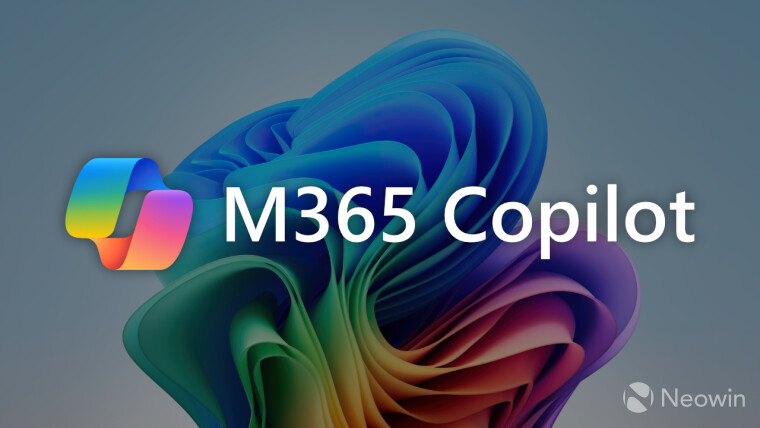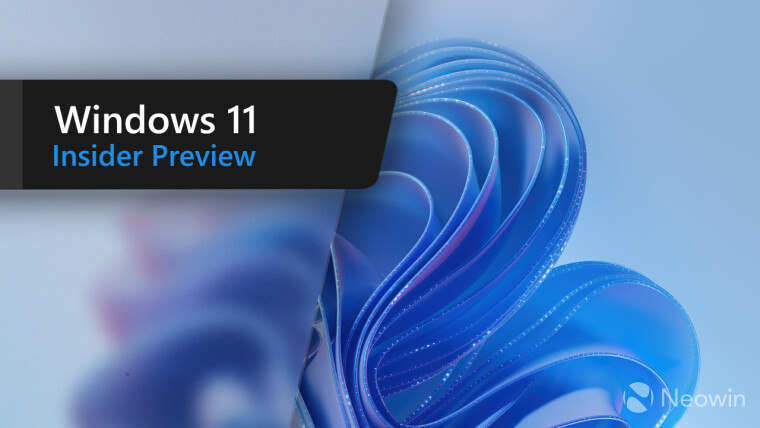Active Directory (AD), Microsoft’s brainchild, is much like the backbone of a vast network, quietly yet powerfully managing the intricacies of access and permissions. Think of it as a maestro conducting an orchestra, each musician (user, device, application) playing in harmony, thanks to the precise direction provided by AD.
Are you curious about Active Directory and its cloud-based companion, Azure Active Directory? This article is here to guide you on a journey of discovery! Whether you’re an IT professional or a system administrator, or simply someone interested in learning more about network resources and user management, we’ll break down the complexities and explore the practical uses of these powerful tools.

Active Directory serves as a central hub for managing users, computers, and other network resources within an organization. It simplifies tasks like user authentication, access control, and resource management. With Active Directory, IT professionals can easily create and manage user accounts, assign permissions to specific resources, enforce security policies, and streamline workflows.
But what about Azure Active Directory? Well, think of it as the cloud-powered version of Active Directory. It provides similar functionality but with added flexibility for organizations that embrace cloud computing. With Azure Active Directory, businesses can extend their on-premises directory services to the cloud or even use it as a standalone identity solution.
One of the great advantages of both solutions is their compatibility with various platforms and applications. They seamlessly integrate with Microsoft’s ecosystem of products such as Windows Server operating systems, Office 365 productivity suite (now known as Microsoft 365), SharePoint Online collaboration platform, Exchange Online email service – just to name a few!
By leveraging these directory services effectively in your organization’s infrastructure setup, you can enhance security by implementing single sign-on (SSO) capabilities. This means that users only need one set of credentials to access multiple applications across different devices – no more juggling numerous usernames and passwords!
Furthermore, both Active Directory and Azure Active Directory offer robust features for managing group memberships efficiently. You can organize users into groups based on departmental roles or project teams to simplify permission assignments for shared resources.
In addition to user management benefits offered by these directories’ core functionalities are advanced features like multi-factor authentication (MFA). MFA adds an extra layer of security by requiring users to provide two or more forms of identification, such as a password and a fingerprint scan or a one-time verification code.
Whether you’re running an on-premises environment with Active Directory or embracing the cloud with Azure Active Directory, these directory services are key players in modern IT infrastructure. They empower organizations to manage their resources effectively, enhance security measures, and streamline user management processes.
So, whether you’re an IT professional looking to expand your knowledge or simply curious about how network resources and user management work behind the scenes – this article aims to demystify the complexities and highlight the practical utilities of Active Directory and Azure Active Directory.
The Essence of Active Directory: A Closer Look
Imagine walking into a library where every book, article, and resource is meticulously organized. That’s Active Directory in a digital realm. It’s a directory service running on Windows Server, simplifying the life of network administrators by managing permissions and access to network resources.
Understanding Active Directory Objects
Active Directory treats everything as an object. An object can be a user, a group, a device like a printer, or an application. Picture a school: each student, teacher, classroom, and textbook is an object, each with unique characteristics and roles.
Categorizing Objects: Name and Attributes
Every object in Active Directory is categorized by its name and attributes. For example, a user object would have a name, perhaps a unique identifier like a student ID in a school, and attributes, which could include passwords, email addresses, and so on.
Active Directory Domain Services (AD DS)
At the heart of Active Directory is AD DS. It’s like the central nervous system, storing directory information and managing user-domain interactions. When a user logs into a device or connects to a network server, AD DS is the gatekeeper, verifying access and managing resource allocation.
Integration with Other Microsoft Products
AD DS isn’t a lone warrior; it integrates seamlessly with other Microsoft and Windows OS products, such as Exchange Server and SharePoint Server. These products rely on AD DS for resource access, making AD DS a crucial component in the Microsoft ecosystem.
The Extended Family of Active Directory Services
Active Directory isn’t just a single service; it’s a suite of services, each adding layers of functionality to Microsoft’s directory management capabilities.
Active Directory Lightweight Directory Services (AD LDS)
AD LDS shares its DNA with AD DS, offering similar functionalities but with a twist. It can run multiple instances on a single server and uses a Lightweight Directory Access Protocol (LDAP) for storing directory data.
The Role of LDAP
LDAP is the language that directory services use to communicate with each other. It’s like their special way of talking! With LDAP, you can easily access and manage important information stored in directory services, such as usernames and passwords.
Active Directory Certificate Services (AD CS)
In the digital world, trust is paramount, and AD CS is the trust facilitator. It generates, manages, and shares certificates, using encryption to secure user information exchange over the internet.
Active Directory Federation Services (AD FS)
AD FS is the key to a hassle-free user experience, providing single sign-on access to multiple applications, even across different networks. It’s like having a universal key for multiple doors.
Active Directory Rights Management Services (AD RMS)
AD RMS is the guardian of information rights. It encrypts content on a server, limiting access and ensuring that sensitive information remains confidential.
The Structural Hierarchy of AD Domain Services
AD Domain Services uses a hierarchical structure, much like a family tree, to manage networked elements.
Domains, Trees, and Forests
- Domains: The smallest unit, akin to individual branches in a family tree. Each domain has its own database and manages a group of objects.
- Trees: These are groups of domains connected in a hierarchical manner, forming a broader family lineage.
- Forests: The largest unit, encompassing multiple trees. Forests serve as the top-level security boundary, providing a canopy of protection over the entire AD environment.
Organizational Units and Containers
Within domains, Organizational Units (OUs) and containers help organize and manage users, groups, and devices. OUs are like classrooms in a school, each with its distinct role, while containers are more flexible, akin to common areas in a school where policies aren’t as strictly applied.
The Concept of Trust in Active Directory
Trust is a cornerstone in Active Directory, governing the relationships and access rights between domains.
Types of Trusts in AD
- One-Way Trust: Imagine a one-way street; access privileges flow in a single direction.
- Two-Way Trust: This is a bidirectional street, where two domains reciprocate access privileges.
- Transitive and Intransitive Trusts: Transitive trusts extend beyond two domains, forming a network of trust. Intransitive trusts are limited to two specific domains.
- Explicit and Cross-Link Trusts: These are manually created trusts, specific to certain scenarios, like cross-link trusts between domains in the same tree without a parent-child relationship.
Active Directory’s Evolution and Integration with Azure AD
Active Directory has evolved significantly since its inception in 1999. Each iteration, from Windows Server 2000 to Windows Server 2019, has brought new features and capabilities, adapting to the ever-changing digital landscape.
Bridging On-Premises and Cloud with Azure AD
A landmark development was the introduction of Azure Active Directory, bridging the gap between on-premises AD systems and the cloud. Azure AD enables seamless single sign-on for Microsoft’s cloud services, like Office 365, marking a significant step in AD’s evolution.
Domains vs. Workgroups: Understanding the Differences
In the world of Microsoft, domains and workgroups are two distinct ways of organizing networked computers. Domains offer a centralized management approach, while workgroups are suited for smaller, peer-to-peer networks.
Key Differences Between Domains and Workgroups
- Scale: Domains can manage thousands of computers, unlike workgroups.
- Centralized Management: Domains have at least one server managing permissions, unlike the decentralized nature of workgroups.
- Security: Domains require user authentication, providing a more secure environment compared to workgroups. Read more here.
Active Directory’s Competition: A Look at Alternatives
While Active Directory dominates the market, alternatives like Red Hat Directory Server, Apache Directory, and OpenLDAP offer comparable functionality, catering to different environments and requirements.
Exploring the Alternatives
- Red Hat Directory Server: Tailored for Unix environments, offering user ID and certificate-based authentication.
- Apache Directory: An open-source, Java-based solution compatible across various platforms.
- OpenLDAP: A Windows-based open-source LDAP directory, known for its flexibility and security features.
In conclusion, Active Directory and Azure Active Directory are pivotal in the realm of network management and user authentication. Their evolution, integration with cloud services, and the vast array of features they offer make them indispensable tools in the modern IT landscape. Understanding these systems is key to mastering network administration and ensuring a secure, efficient digital environment.
FAQs
What is the primary function of Active Directory?
Active Directory primarily manages network permissions and access to resources, acting as a centralized directory service.
How does Azure Active Directory differ from Active Directory?
Azure Active Directory is a cloud-based version of Active Directory, offering additional features like single sign-on for cloud services.
What are Organizational Units in Active Directory?
Organizational Units are subcategories within a domain used to organize users, groups, and devices more efficiently.
Can Active Directory manage devices across different networks?
Yes, Active Directory can manage devices and users across different networks, especially when integrated with services like Azure AD.
Is Active Directory suitable for small businesses?
While Active Directory is scalable, its complexity might be overkill for very small businesses, which might opt for simpler solutions.
What are the security features of Active Directory?
Active Directory offers various security features, including user authentication, encryption, and rights management through AD RMS.
How to deploy Active Directory on Windows Server?
It’s quite easy actually. Here in this article, I have written a step-by-step guide. You can just blindly follow that article to deploy the active directory.
Active Directory and Azure Active Directory represent more than just tools; they are the keystones of network management and security in the digital age. Their ability to manage, authenticate, and secure network resources makes them indispensable in both on-premises and cloud environments. Whether you’re an IT professional, network administrator, or a business owner, understanding the power of Active Directory is essential in harnessing the full potential of your network resources.






One Comment
[…] to Setup Active Directory on Windows Server 2022’. If you’re asking yourself, ‘What is Active Directory?‘ or looking for the best ways to implement Windows Active Directory in your network, […]